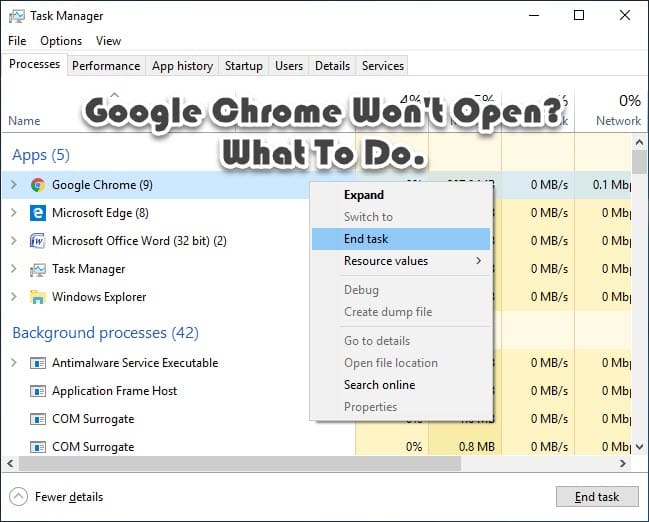

- WHY DOES YAHOO KEEP OPENING IN CHROME INSTALL
- WHY DOES YAHOO KEEP OPENING IN CHROME PASSWORD
- WHY DOES YAHOO KEEP OPENING IN CHROME MAC
Do not message us asking us to make an exception.
WHY DOES YAHOO KEEP OPENING IN CHROME PASSWORD
We cannot assist with password or account issues. Please make your title and contents descriptive. Posts with "Help" or non-descriptive titles. Posts with an empty body, only a link in the body, title copied into the body, and/or lack of information in the body Submissions consisting of the following are considered incomplete and will be removed: Please read our new rules page for more in-depth rules. Please do not submit the same issue more than once within 24 hours. Do everything you can to reduce the effort of the wonderful folks offering to help you.Īfter solving your problem, please mark it as solved by clicking 'flair' and confirming the 'solved' tag. State everything you have tried and all the guides/tutorials/sites you have followed as well as why they were unsuccessful. Try to research your issue before posting, don't be vague. The subreddit is only for support with tech issues. Please include your system specs, such as Windows/Linux/Mac version/build, model numbers, troubleshooting steps, symptoms, etc. Live Chat ~Enter Discord~ Submission Guidelines It will remove the User Profiles you haven’t created or are deceptive.Check out our Knowledge Base, all guides are compiled by our Trusted Techs. Select the profile, and click on the – sign to delete.Find any Suspicious profiles which you haven’t created.Scroll down to the bottom and select the Profiles option.Click on the Privacy and Security setting icon.It will open the System Preferences/Settings window. Select System Preferences/Settings menu.Here are the steps to delete unknown user profiles:
WHY DOES YAHOO KEEP OPENING IN CHROME MAC
Make sure your Mac does not have any unidentified profiles.
WHY DOES YAHOO KEEP OPENING IN CHROME INSTALL
Mac uses a profile system to install various apps and services, but hackers often exploit this functionality to install potentially harmful profiles on your machine. Now the malware/suspicious process is gone, you won’t see any Bing/Yahoo redirects in Safari Browser.

Here are the steps to check the Activity Monitor on Mac: Note: Proceed cautiously killing a system process may freeze your machine. It will detect if your Mac is infected with some script or suspicious process. Check Activity MonitorĪctivity monitor is a unique app on your Mac that keeps details of all apps and processes running on your machine.

It will delete and clear the Cache data and History from the Safari browser.

It will clear and empty all the cache files stored within the Safari browser. Select Empty Caches from the drop-down menu.Click on the Develop menu on the menu bar.It will enable a new Develop menu in the Safari menu bar. Enable the check box for the Show Develop menu in the menu bar.Click on the Safari menu and select the Preferences sub-menu.However, make Note that clearing browser history will delete all your previous activities from the browser. Clear Browser dataĪnother precaution is to clear your browser cache and history to get the everyday experience. Relaunch the Safari browser after making the necessary changes. Again, switch to the Search tab, and set your default search engine.Switch to the General tab, and set a preferred homepage for your Safari browser.It will open the Safari Preferences window. Here are the steps to change homepage settings: Some extensions can change these settings by showing you specific prompts on your screen, and if you agree to them, extensions will change the homepage settings. You can keep any web URL as a homepage in the Safari browser. If you are being redirected to Bing or Yahoo whenever you press a new tab, this is because of your homepage settings. It will immediately remove the extension and make the browser less vulnerable to redirect and malware attacks. Select the extension, and hit Uninstall to remove it from Safari.Lookup for suspicious extensions installed.It will open the Preferences/Settings window. Click on the Safari menu and select the Preferences/Settings sub-menu.Open the Safari browser app on your Mac.Here are the steps to remove suspicious extensions: Once you have spotted the issue on your Safari Mac, your next move should be to remove them from your system immediately. Suspicious third-party extensions often change specific settings inside your browser, which changes your Safari browser’s default homepage or search page.


 0 kommentar(er)
0 kommentar(er)
